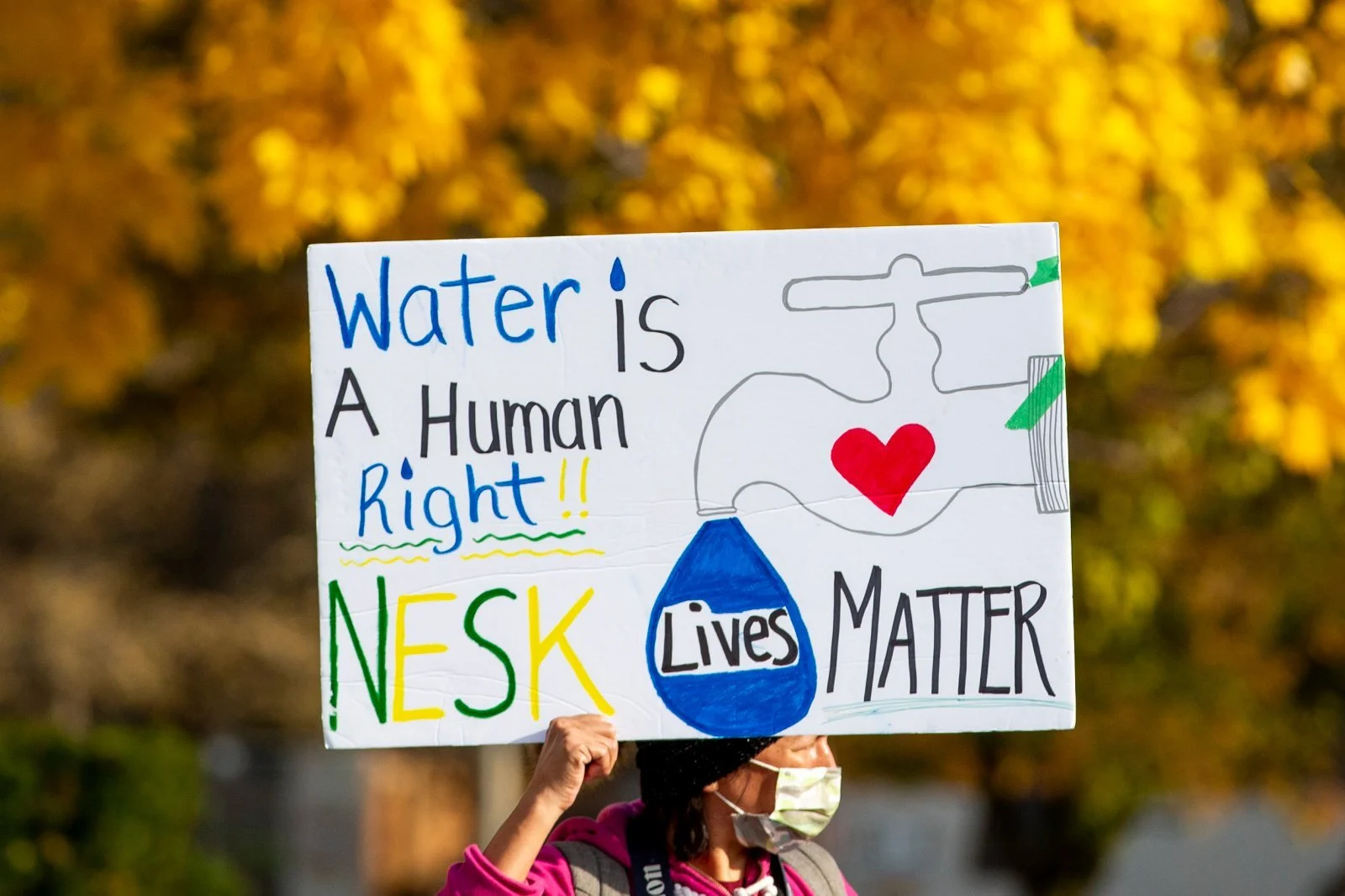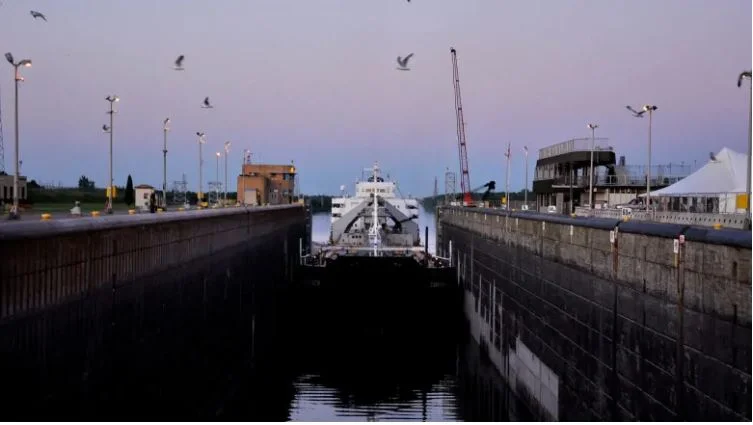A mining project that would potentially pump upwards of $1-billion into the provincial economy over nearly a quarter century has plenty of opposition. Residents, business owners and politicians from in and around the Rural Municipality of Springfield packed the Anola Community Centre on Saturday for a public consultation, many raising concerns about Calgary-based Sio Silica's proposed sand silica mine.
B.C.'s Sunshine Coast lifts state of emergency caused by drought
A state of local emergency in response to drought along British Columbia's Sunshine Coast has been lifted with water flow returning to a key water source. A statement from the Sunshine Coast Regional District (SCRD), the District of Sechelt and shíshálh Nation says levels in the watershed have risen slightly because of snowmelt with warmer-than-expected temperatures. Leonard Lee, the regional district board chair, says staff have worked hard to ensure residents have had access to water through a 100-day summer drought and an unprecedented transition to freezing.
Saltwater lake in Kelowna losing salinity, putting rare ecosystem at risk
A fragile and rare ecosystem in Kelowna is changing forever as the community grows around it. Robert Lake, just south of the Glenmore landfill, is unique for the salt content in its water. It provides a refuge for birds and amphibians rare in the B.C. Interior. The lake has no outlet and used to completely dry up “quite regularly,” according to Ian Walker, the vice president of the Friends of Robert Lake Society and retired biology professor at UBC Okanagan. “You'd often go past and you can see these little roll winds of white salty dust kind of blowing around,” he said. But for the past four to five years that hasn’t happened and increasing water levels are creating problems for nearby property owners, the City of Kelowna and the animals that rely on the lake.
How has federal protection helped Lake Superior?
The biggest of the Great Lakes and one of the largest freshwater ecosystems in the world — has remained relatively pristine compared to the other four. It’s far enough away from the populated urban centres in southern Ontario, its watersheds are largely forested, there’s little industry or agriculture on its shorelines and its especially cold water (an average of 4 C year-round) has kept away invasive species.
An 'unsuitable' climate threatens Mi'kmaw community
At first, Rebecca Labillois thought it was just another routine storm roaring across the Bay of Chaleur. "But then the power went out," she says."The water just kept on flooding in, and it flooded all the way up here and up to my house." It was Dec. 6, 2010, and massive waves of water were engulfing the homes along Beach Road and Olympic Drive at Ugpi'ganjig First Nation, also known as Eel River Bar, in northern New Brunswick.
How colonial systems have left some First Nations without drinking water
Rebecca Zagozewski, executive director of the Saskatchewan First Nations Water Association, said she has seen contractors save on costs when building water treatment plants on reserves by using obsolete parts and failing to include maintenance manuals, ventilation or chemical rooms, and bathrooms. “Engineering companies will put in their bids obviously as low as they can go,” said Zagozewski.
St. Lawrence water levels could wash away more than $1B
Rising water levels in the St. Lawrence Seaway could cost the economy more than $1 billion, shippers and port operators say. A new study from the Chamber of Marine Commerce warns that opening the floodgates further at a dam in Cornwall, Ont., would wash away between $1 billion and $1.75 billion in revenue for businesses on both sides of the border. A board of control recently increased the flow at the Moses Saunders Dam — the only control point on the St. Lawrence Seaway, which includes the Great Lakes — to allow 10,400 cubic metres of water per second out of Lake Ontario.








